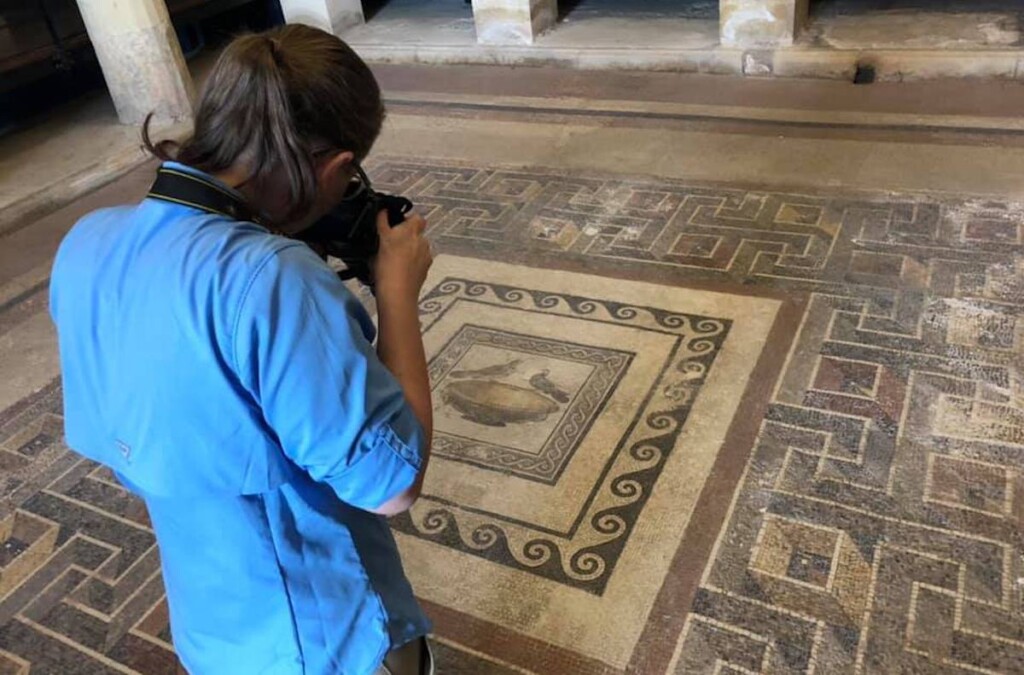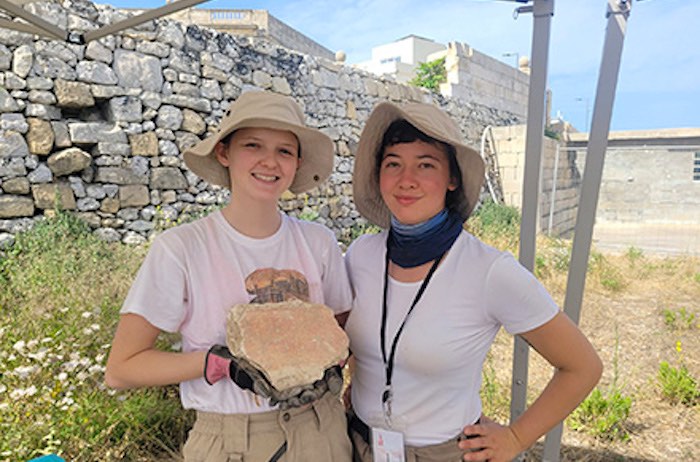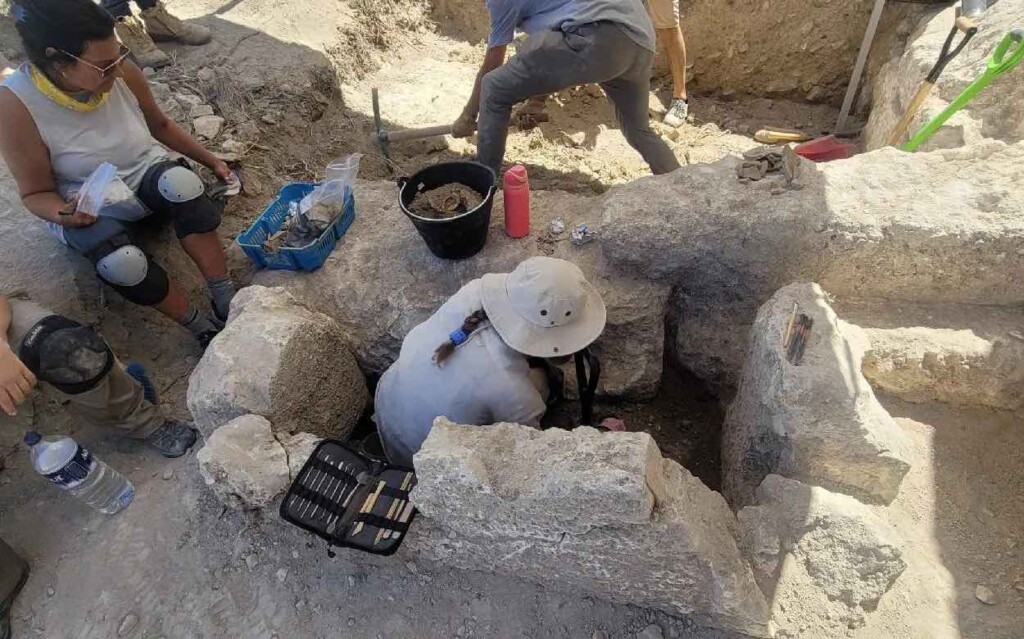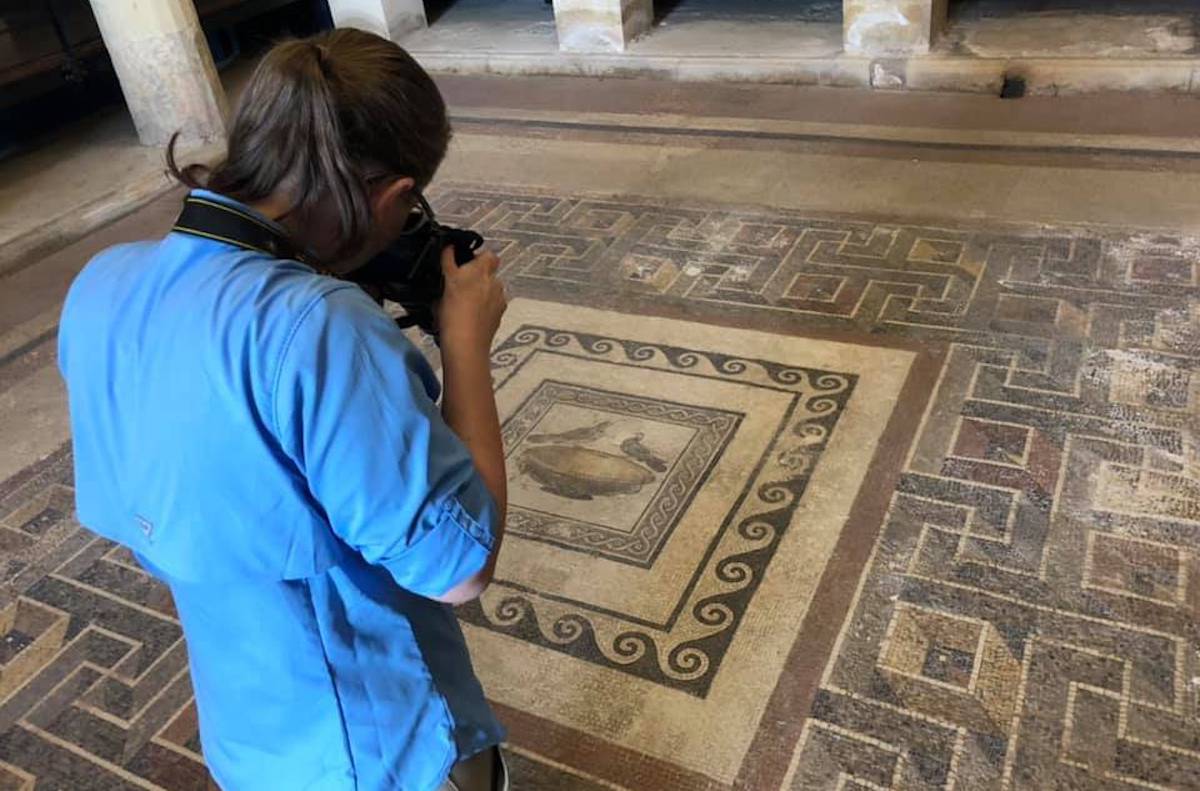
A research team from the University of South Florida has discovered a 2,000 year-old house that once belonged to a wealthy family—still in exceptional condition—during an excavation in Malta.
They collaborated with scientists from around the world on the Melite Civitas Romana Project, uncovering what life was like 2,000 years ago when Romans ruled Malta, the island in the Mediterranean Sea that was a center for both military staging and maritime trade.
Nestled in the heart of the ancient city of Melite, the once lavishly decorated mansion, traditionally known as Roman Domus, had been covered by centuries of soil.
“In use between the 1st century BCE and 2nd century CE, the Domus was elegantly decorated with mosaic floors, wall frescoes and marble decorations,” said Davide Tanasi, the professor and director of the University’s Institute for Digital Exploration (IDEx), who lead the team of six students.
“During the Roman Empire, it was certainly used as a residence by a representative of the emperor or some very wealthy individual very close to the imperial court.”
After a summer of digging, processing and cleaning artifacts of the Roman Domus, the team discovered a portion of a previously unknown house adjacent to the domus with nearly 10-foot-tall walls, a height Tanasi says is unheard of for the Roman residential units usually found in the Mediterranean area.

CHECK OUT: Mythical City of Underground Labyrinths Found Beneath Altar of 15th Century Church in Mexico
On a hunt to learn more about the owner of the house and what it was like living a block away from the domus, the team is searching for clues among the findings they have so far: an exquisite interior likely decorated with terracotta floor tiles, frescoed plasters and an ancient waste disposal system full of fragmented pottery, glass vessels, animal bones and charcoal.
“It was literally the garbage disposed by whomever lived in the house,” Tanasi said. “By studying this deposit, we will learn a lot about the life of who lived in the house. It is surprising how much you can learn about people from their garbage.”
Angela Costello, a USF doctoral student who has been uncovering “amazing Roman structures” in the Melite Civitas Romana said, “Malta is critically understudied despite being a wealth of fantastic archaeology and history from antiquity.”
Another person’s trash has indeed proven to be a treasure for Sarah Hassam, a USF ancient history graduate student. “The most exciting moment for me was during our third week, while cleaning pottery, a small fragment I had been scrubbing revealed the engraved letters D-A-O-I, a possible hint for somebody’s name. Everyone was pumped and shared theories.”
MORE ANCIENT RUINS: Rome Finally Opens to Public the Spot Where Julius Caesar Met His End at Senators’ Hands

The permit to continue the excavations in the Roman Domus district was extended to 2025 and IDEx will continue the exploration of the newly discovered house next summer to learn more about the identity of its owner.
Students interested in archaeology and history can learn more about interning and volunteering with IDEx to pursue similar projects and learn the digital aspects of these fields, such as 3D capture and modeling.
(Source: University of South Florida / Cassidy Delamarter)
SHARE The Opportunity With Other Students By Sharing on Social Media…




















